‘If there is no country for William Ruto, there is no country for you,’
- William Ruto, 27 June 2025
President William Ruto is destroying Kenya, and he’s doing it to maintain his power. By the next election public trust in the government will be very low. Many more innocent people will have died. Kenya’s international reputation will be in tatters. And despite all this… as things stand, William Ruto may win that 2027 election. Here’s why…
A Personal Tragedy
July 7th is a historic day in Kenya. Traditionally Kenyans remember the 1990 protests which ended Moi’s dictatorship and allowed for the first multi-party elections. But Saba Saba Day this year was especially important. A year on from the Finance Bill protests which rocked Nairobi, young Kenyans were planning another demonstration. And they had good cause.
Weeks earlier Albert Ojwang, a school teacher, was killed in police custody. Ojwang was arrested after apparently sharing an article accusing senior police figures of corruption. He was transported over 300 kilometres to a police station in Nairobi, then delivered dead to a hospital. The post-mortem showed he had been beaten to death.
Outrage swept the nation with many demanding Eliud Lagat, the Deputy-Inspector of Police, be arrested. Lagat was named in Ojwang’s blog post. When a junior police officer was called to testify in court, he claimed that Lagat had ordered him to tell other prisoners to beat up Ojwang. CCTV footage from that night is still missing.
The fury over Ojwang’s death was connected to similar events in the past. During the 2024 Finance Bill protests, many young Kenyans were shot or killed by police. Others disappeared due to abductions. Amongst the calls for Lagat to resign, older chants resurfaced. President Ruto Must Go!
It must have seemed like something out of a bad dream to William Ruto. The anger was tangible. Meanwhile, Ojwang's father became a national celebrity after a tear-strewn interview. Thousands donated to support him, and even William Ruto offered him some money.
However, this didn’t stop angry protestors gate crashing Albert Ojwang’s funeral. Before the family could react, a large crowd had seized the coffin with the body in it, and marched triumphantly to a local police station, which they then attempted to set on fire.
Ojwang’s father watched helplessly as his son’s funeral became part of the war. Finally the coffin was returned and lowered into the red clay earth, draped in the Kenyan and Manchester United flag. A personal and political tragedy.
How Saba Saba went Wrong
When the anniversary of the Finance Bill protests arrived on 25th June, Kenya’s Gen Z again marched out onto the streets of Nairobi demanding the resignation of President Ruto. Huge crowds again brought Nairobi to a standstill. However, it was Saba Saba Day, July 7th, which was planned as the big event!
Ruto’s government had less than two weeks to prepare. And yet, what they did next was very strange…
It seemed like government ministers were actually trying to make people more angry. First, Kipchumba Murkomen, Cabinet Secretary for the Interior, delivered an aggressive speech to senior police where he effectively gave them permission to ‘shoot to kill’. In such situations, he promised, the government would back them legally 100%.
‘It was terrorism disguised as dissent. There was no peaceful demonstration, it
was riots, chaos and anarchy.’ - Kipchumba Murkomen
The widespread outrage that followed this speech only fanned the flames for Saba Saba. But members of the government weren’t done yet.
Next, Esther Passaris, Nairobi Womans Representative, proposed a new bill which would seriously limit public protest. Passaris’ party is currently in coalition with Ruto’s. An investigation by journalists found that Passarias was likely not the original creator of the bill, but had rather been chosen, or agreed, to champion it.
This stirred the pot a little more. It's doubtful it was ever a serious proposal since, shortly before July 7th, Passaris withdrew the bill. It had heightened tensions and perhaps that’s all it was meant to do.
Passaris wasn’t done though. She also suggested in two public interviews that protests were funded by foreign sources, and secondly that Kenya’s current problems with Gen Z came from a lack of ‘family planning’ on the part of their parents.
It's almost like the government was trying to escalate tensions further. In fact, this is exactly what was happening. Days away from Saba Saba, Ministers like Murkomen started suggesting the nation was descending into anarchy.
A group of masked guys on motorbikes forced their way into the Kenyan Human Rights Commission, breaking up a press conference held by mothers whose children had died during the protests. KHRC would later accuse the government of paying these ‘goons’.
Popular anger was ready to explode and Saba Saba finally arrived. Slowly, under grey skies, the crowds gathered in Nairobi’s suburbs and satellite towns: Rongai, Githurai, Ngong. Gradually they marched towards the centre. Covering every major route was a road block with armed police. Nairobi centre was out of bounds. Kenya’s capital was in lockdown.
Unable to get past, the angry crowds returned to their neighbourhoods. Those who tried to force their way through were shot or beaten with whips. When officers had to retreat, police vans arrived filled with thugs in plainclothes carrying sticks and rocks. The highways became a death zone with scenes from Cain and Abel. Gates were locked and doors barricaded.
But it wasn’t over yet. Groups of armed officers made their way into the suburbs. Live ammunition was fired into homes. At least one child was killed. Far from occupying the capital, protestors found intimidation and violence was on the doorstep.
Gangs of unidentifiable thugs began breaking into shops. In Kabati town cameras captured a group looting a local supermarket, whilst a frustrated protestor sat in the road alone.
Police and ‘goon’ violence exploded into residential areas. The mostly lawful, celebratory atmosphere of previous protests had been turned into a violent, chaotic mess. It was indeed, as Minister Murkomen so enthusiastically prophesied: anarchy.
Ruto’s Selfish Strategy
By mixing police and gang violence, provoking and baiting protesters, setting law enforcement and civilians against each other, Ruto’s government is indeed fomenting anarchy. It is willfully escalating legitimate protest into chaos.
The government knows the angrier it makes the crowds, the more their actions will slip into illegality, offering Ruto the moral high ground and justifying a brutal crackdown. However, the cost of such a strategy to Kenya is immense.
Activists are unsure over how to respond to this. Cyprian Nyakundi, a popular anti-government voice, has over one million followers on ‘X’. However, in the build up to Saba Saba he seemed to be focused on stirring up anger and mocking calls for dialogue.
Boniface Mwangi seems to have a better understanding of the nasty games being played. Illegal hashtags like ‘OccupyStateHouse’ were actually sponsored by the government, he argued. Concrete evidence for this is lacking. But it fits well with other patterns of behaviour discussed in this article.
The big problem is that no one has been able to tap into popular feelings and threaten Ruto politically. Raila Odinga, supposed leader of the opposition, has done many deals with Ruto in his time. He is not trusted by many Gen Z and seems to have compromised the ‘dialogue’ option.
Beyond this, politicians Gachagua and Matiangi are making noises about 2027. However, both are establishment figures out in the cold. They are trying to tap into the anger, but for the moment seem unlikely to be fully accepted.
As long as there is no political group figure-heading the protest movement, Ruto’s government is free to stir the pot and foment chaos at its leisure, knowing when elections arrive it will likely be safe. Power in Kenya’s parliament is still obtained through handshakes and backdoor deals between leaders from different localities and ethnic groups, much to the frustration of the protesters.
So, perhaps the most depressing part of Saba Saba was the use of the ethnic card. Out of nowhere, signs with statements like ‘Kikuyu’s will not push us out’ began to appear in major cities. Online, government bloggers began claiming Kikuyus were responsible for the protests. MP and Chief Whip Silvanus Osoro would later post:
‘Now we know which community has been hiding behind Gen Z’.
In a nation with a long, bloody history of ethnic political violence, the selfishness of this strategy is quite astonishing.
Ruto’s government lost the national press a long time ago. The international press is quickly turning against him too. But despite all the negative coverage, there are at least two years of Ruto to go.
The damage that has already been done is significant. And, for the moment, there is no one on the horizon who promises to restore trust between the government and its people. Such basic trust is the most fundamental and necessary quality of any state. Undermining it, is the surest way to destroy one.
If you enjoyed this article why not subscribe for more indepth reporting on the stories that matter from Africa.

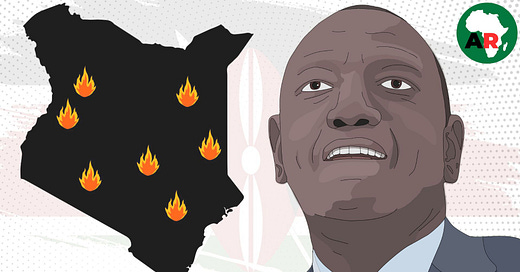





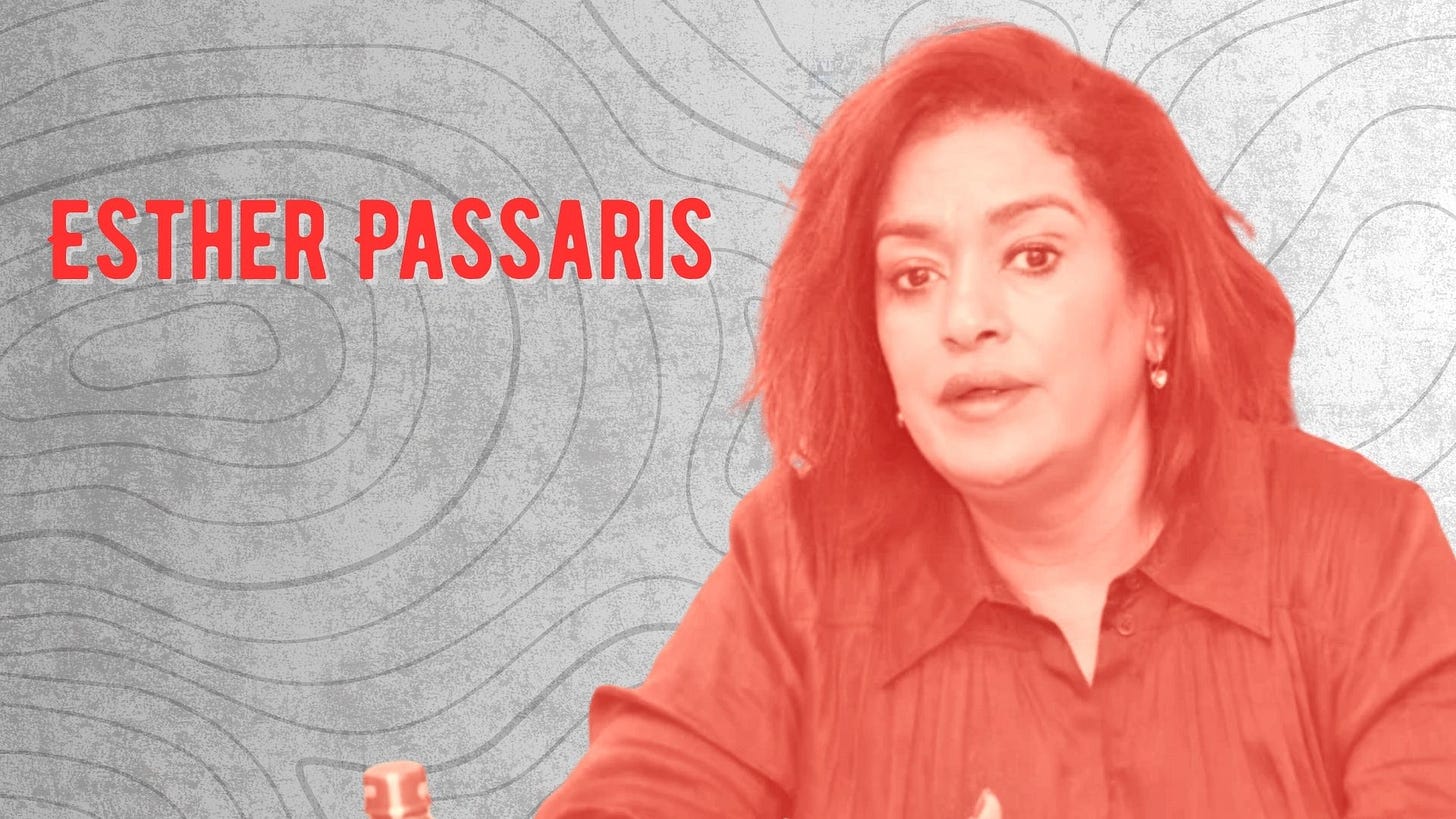
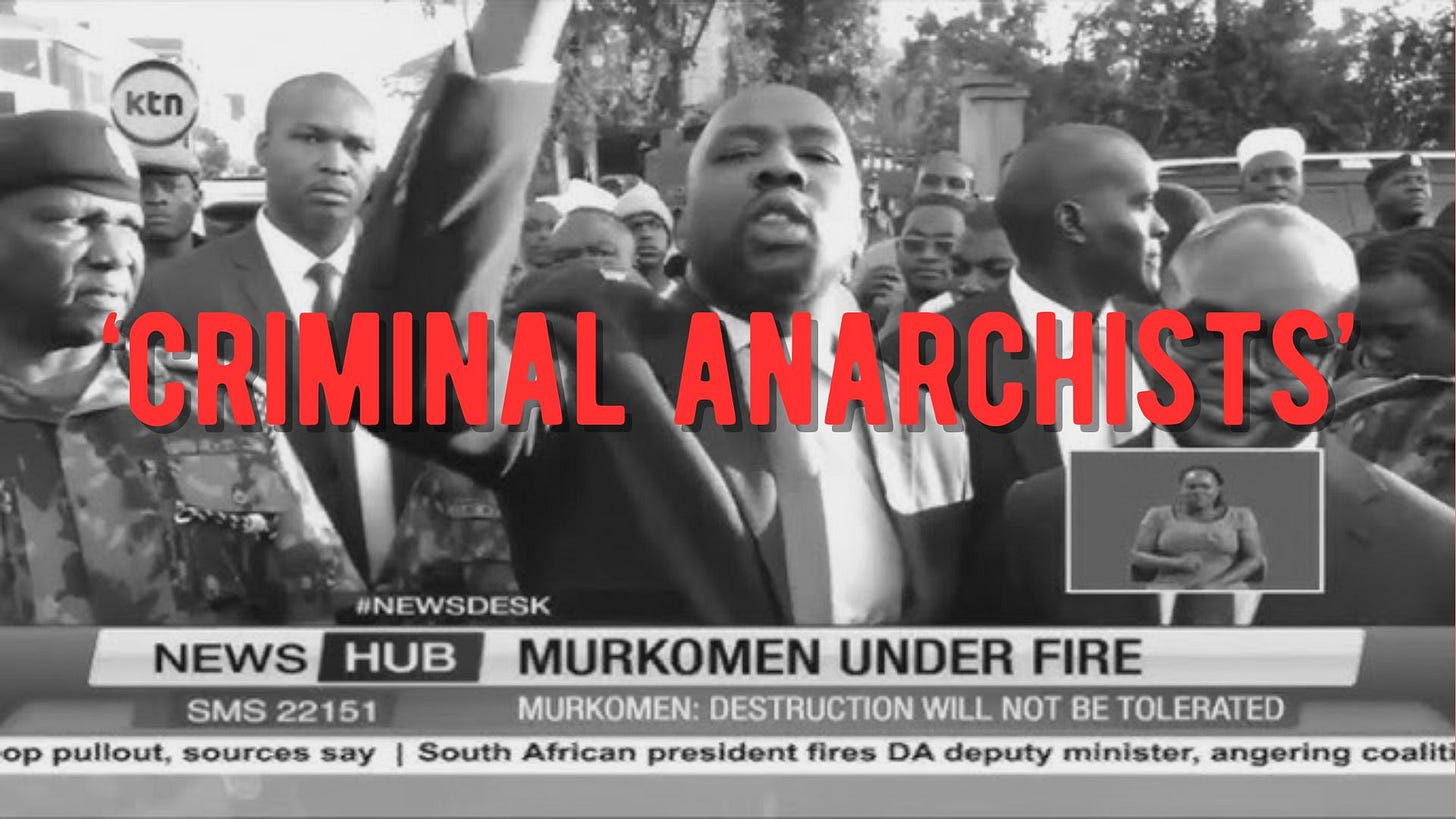
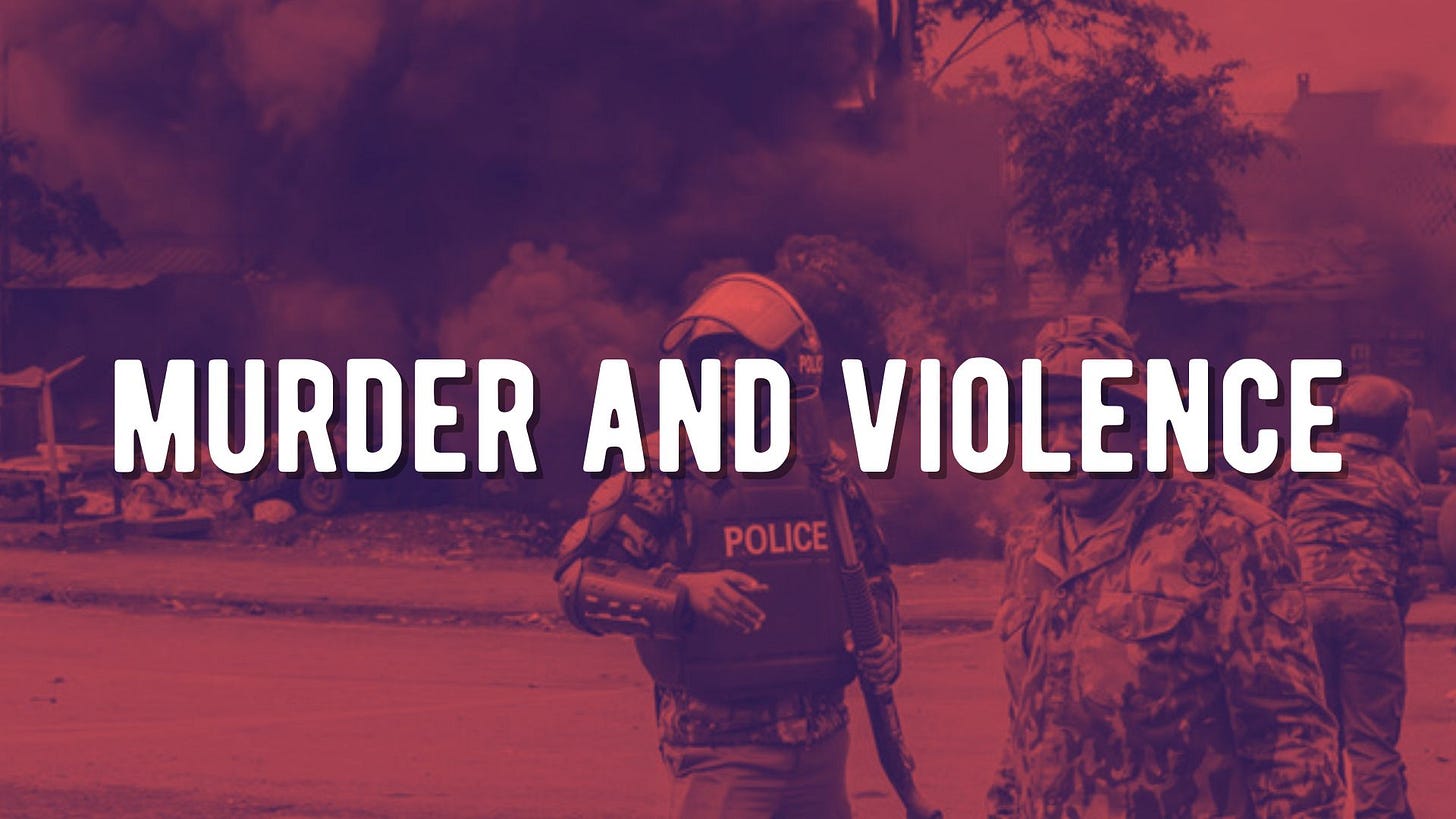
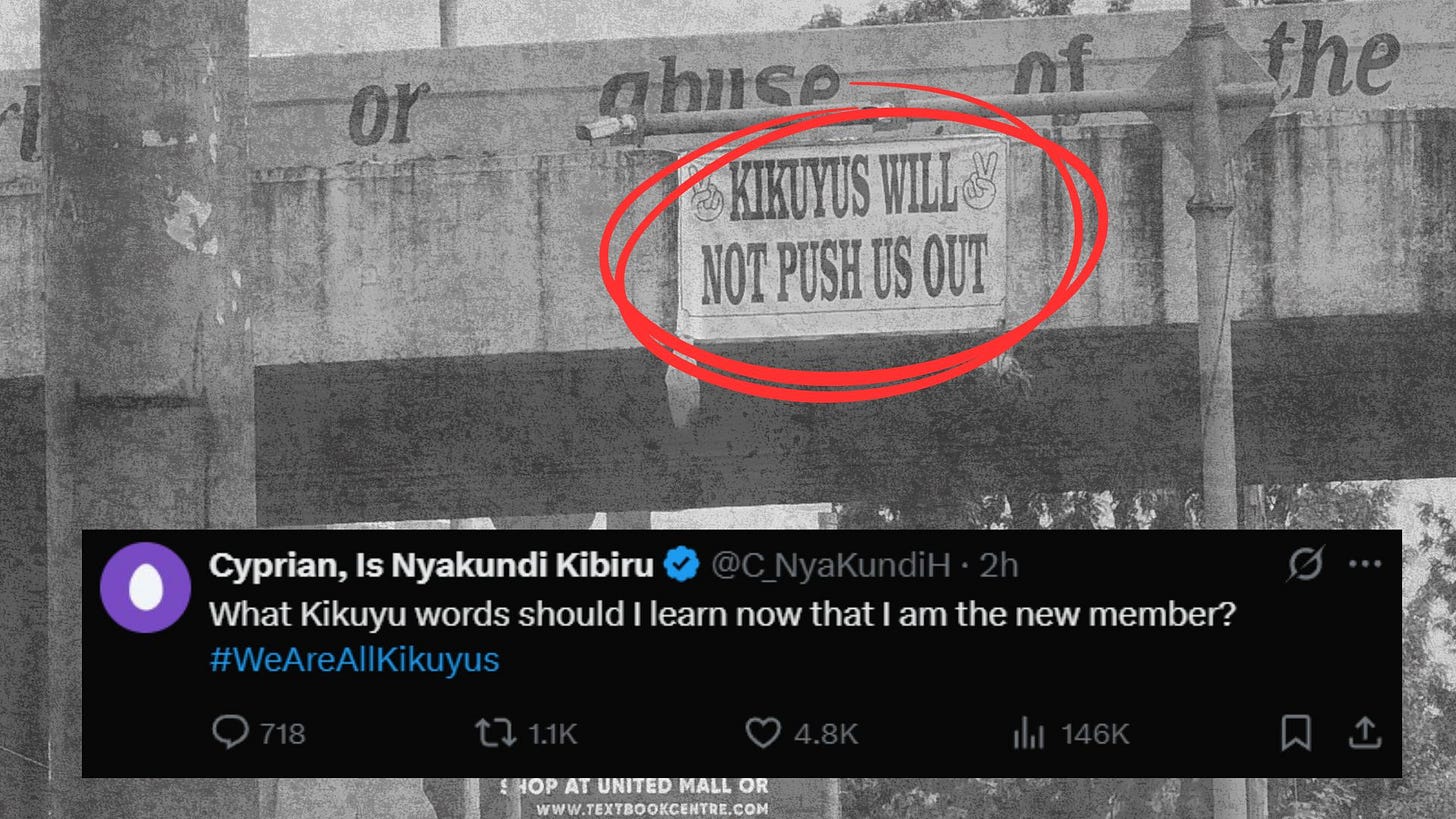
Such an excellent diagnosis of the situation. Ruto is an evil that has manifested in the Kenyan political system
Prayers for Kenya 🇰🇪🙏🙏🙏